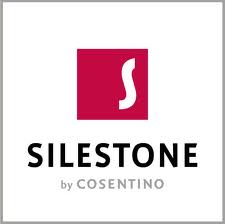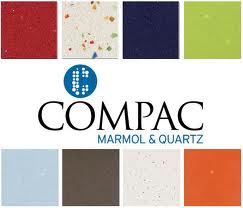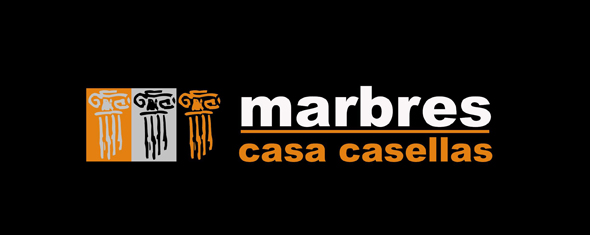The first story that links the family known Casellas with stone work dates from 1890 when Pairó Jaume Casellas, residing in Pont Major, already registered as a stonemason. A few years later, we ran an operation reference stone quarries Gerona. The quarry, located below the tower of Alfonso XII, on the south side, was exploited by Jaume Casellas together with their five children: Santiago, Jose, Luis, Narciso and Ramon Casellas and Pichon during the first third of a century or so. Father and sons, and moved to No. 9 in the Broom Street, Gerona, where he runs the business, not only constitute the core of Casey House but also give rise to several companies of the stone in the province of Girona. For example, James, the eldest son by marriage in 1921 with Xirgu Joaquina, daughter of Joseph Xirgu also stonemason, start working with his father and end up forming the signature-Xirgu Casellas, linked to the manufacture and marketing of stone artificial



